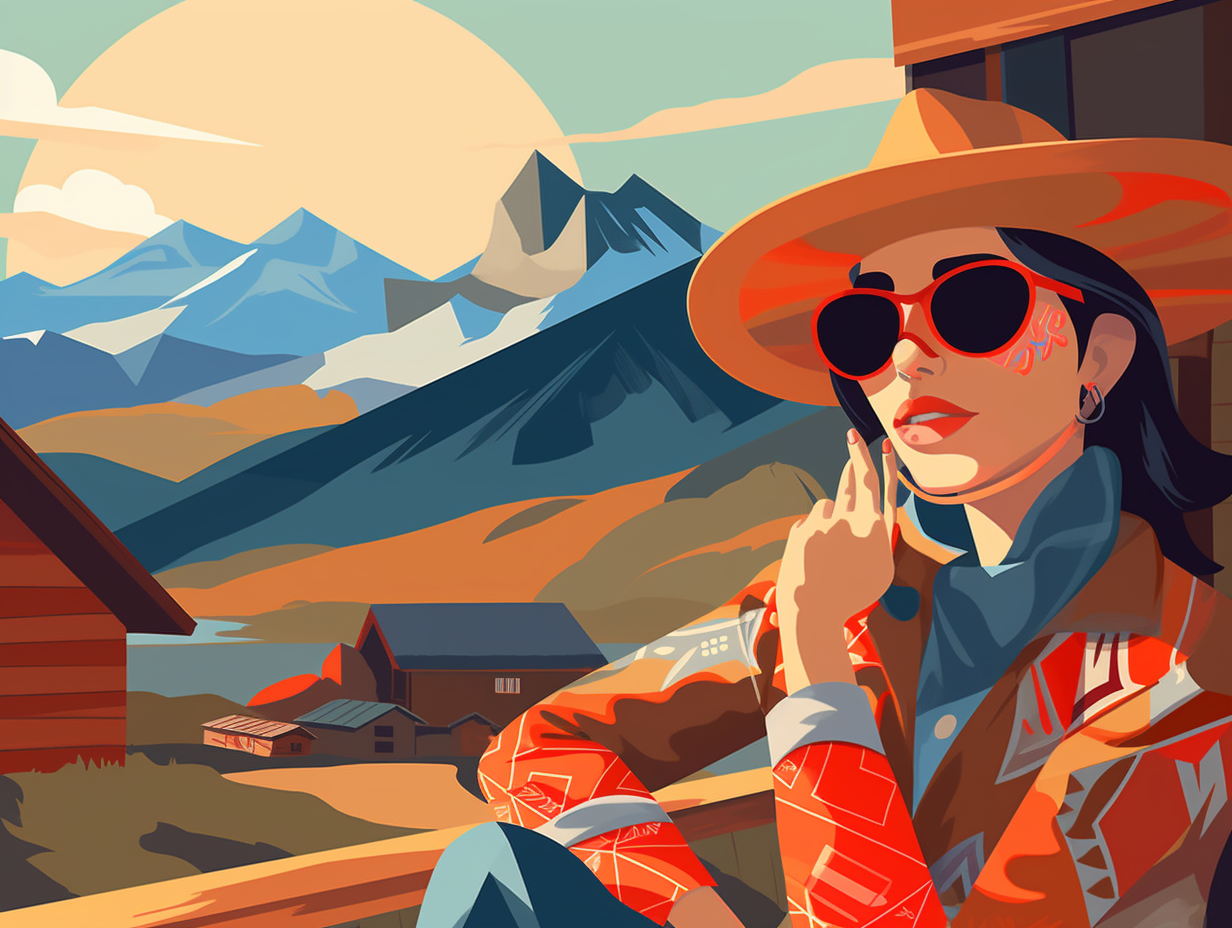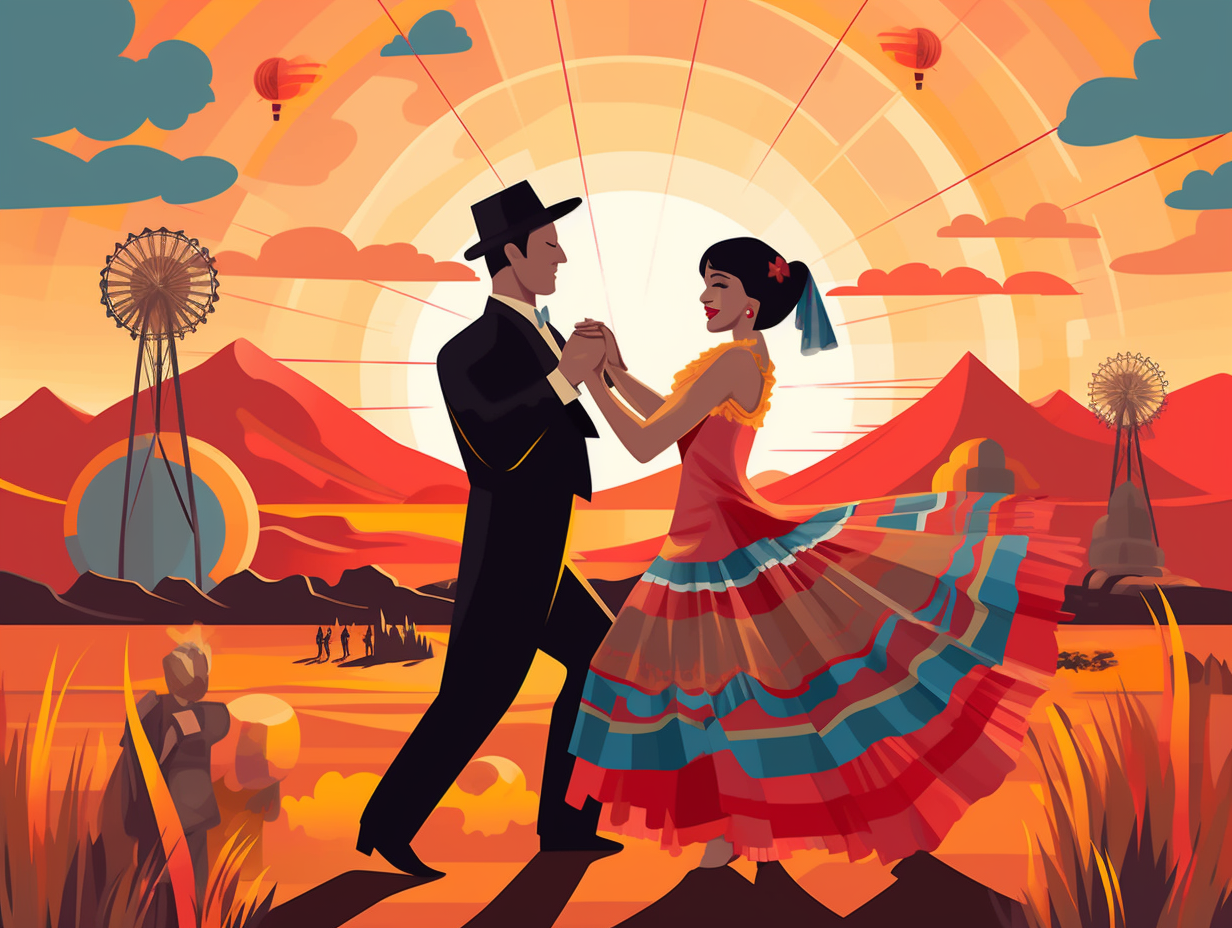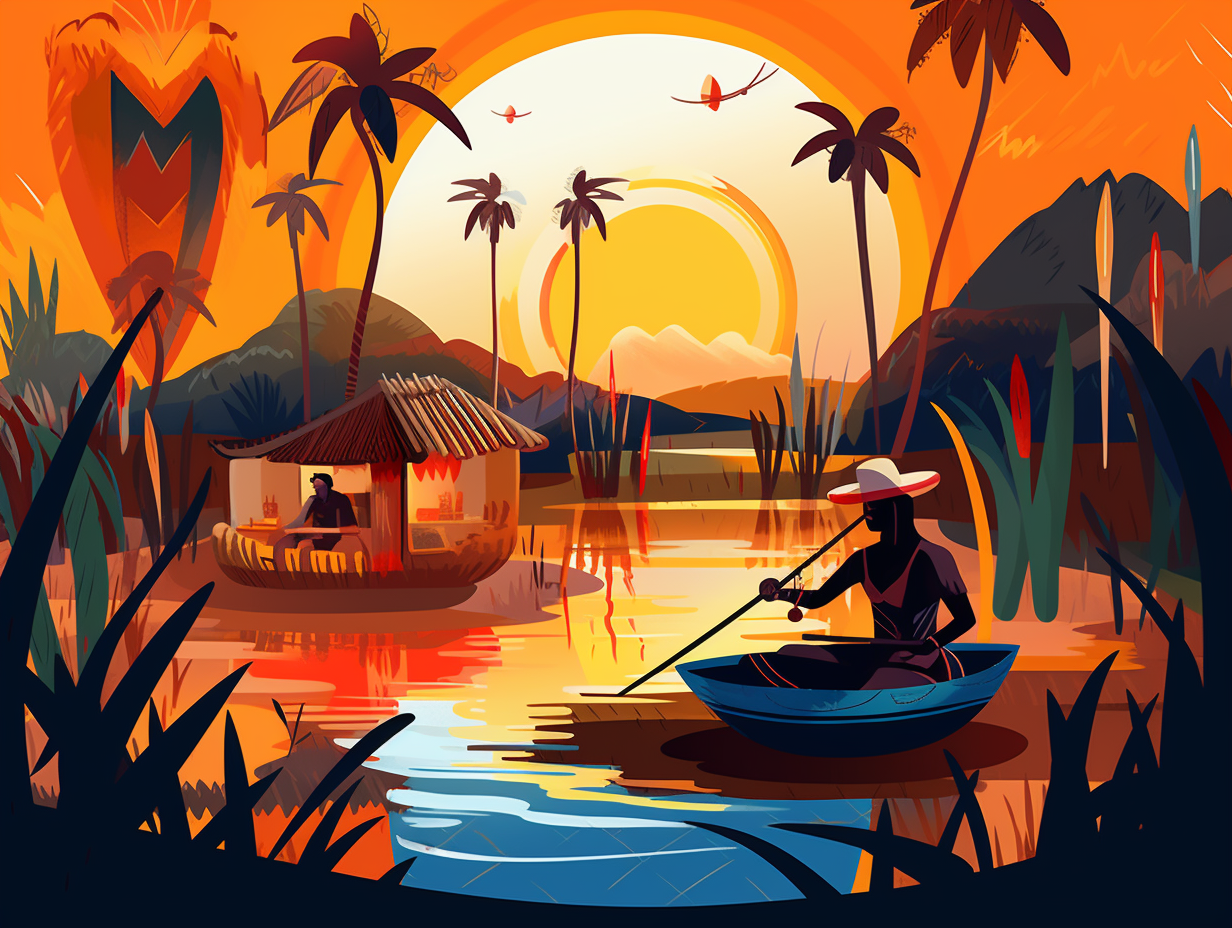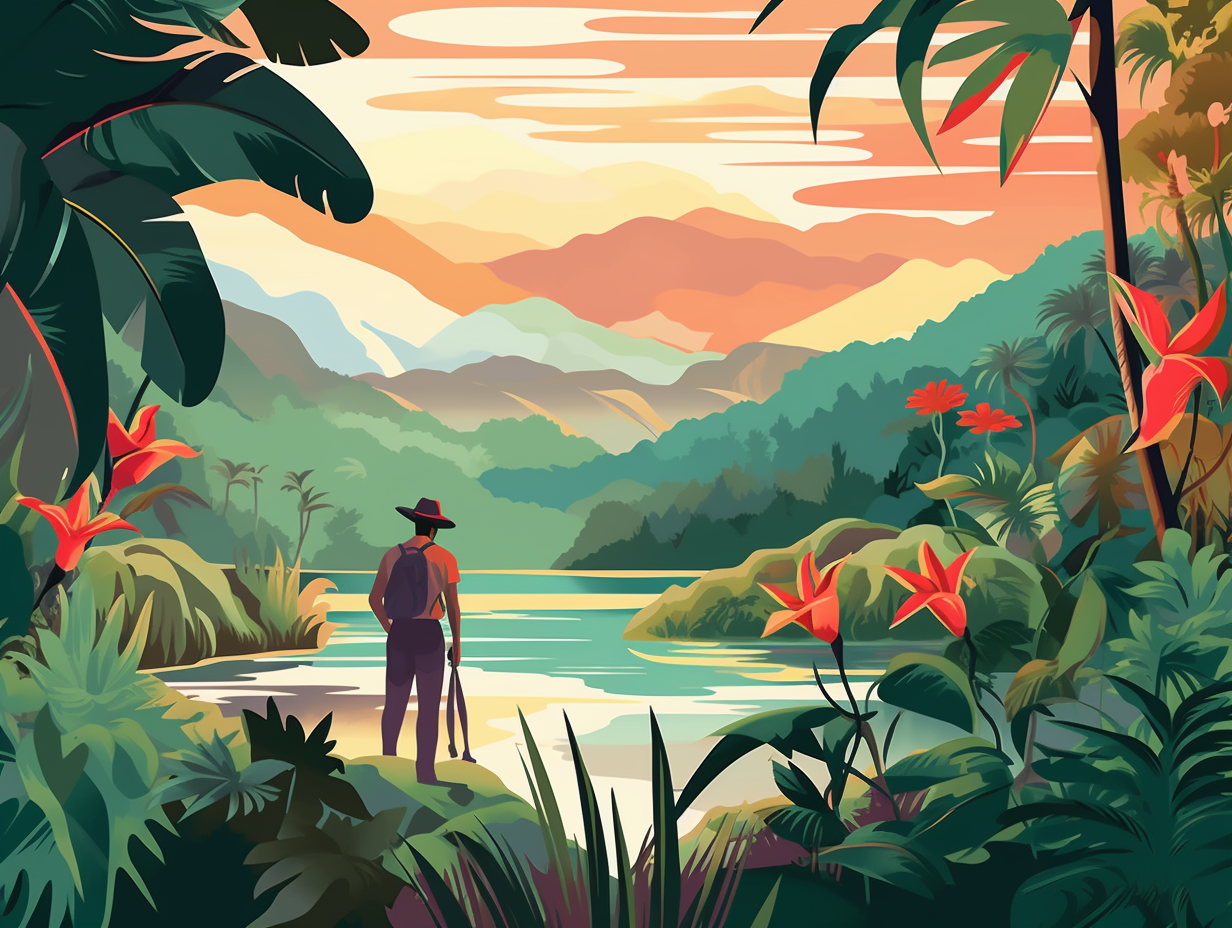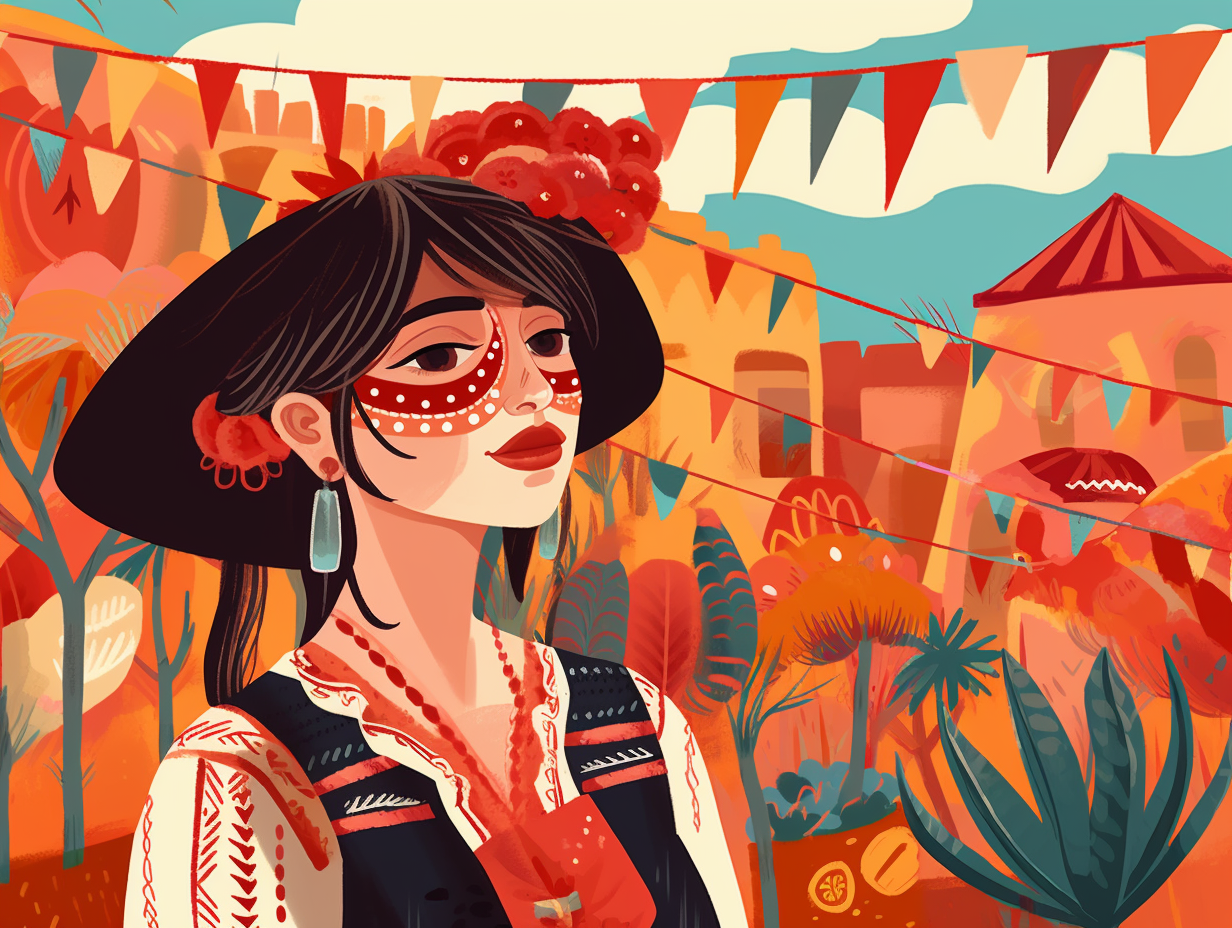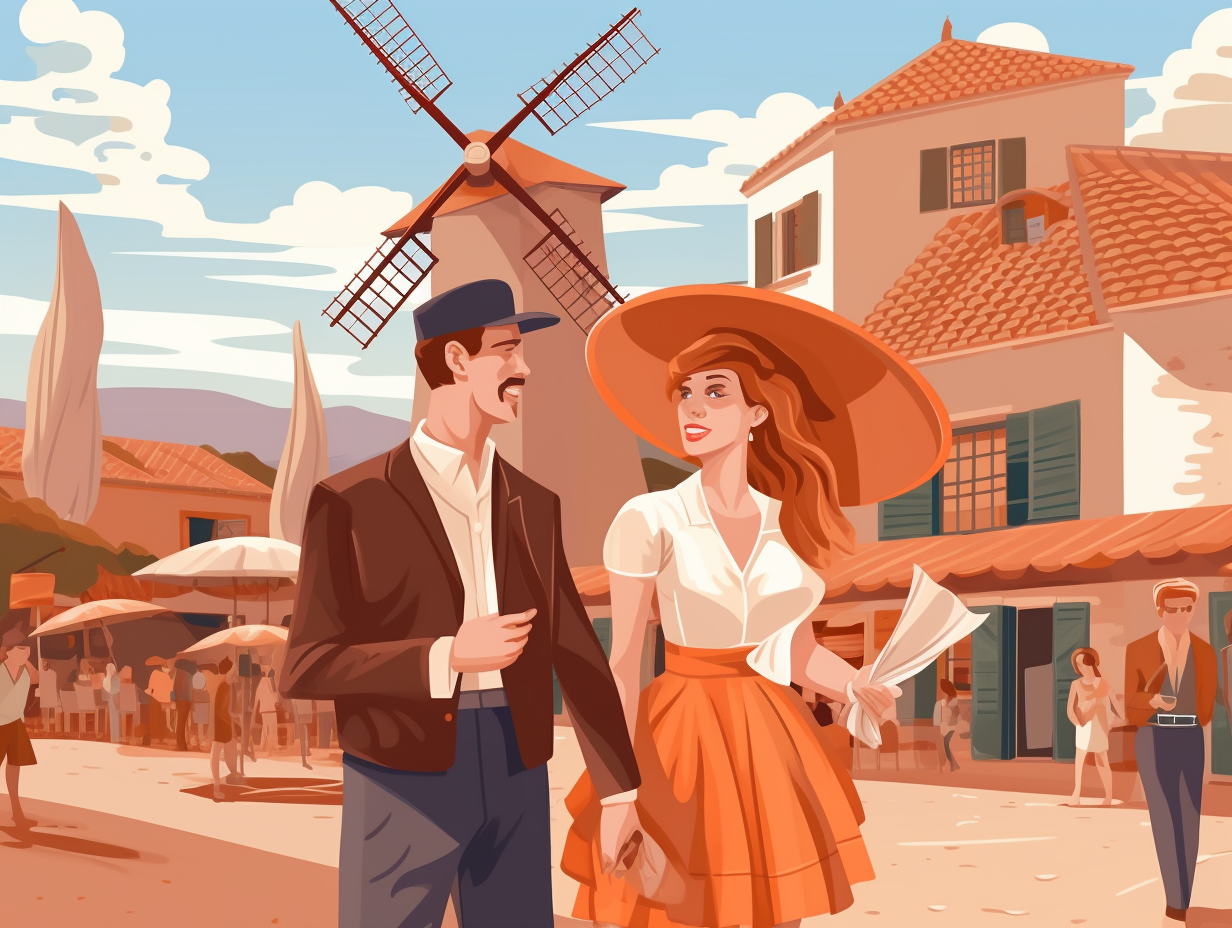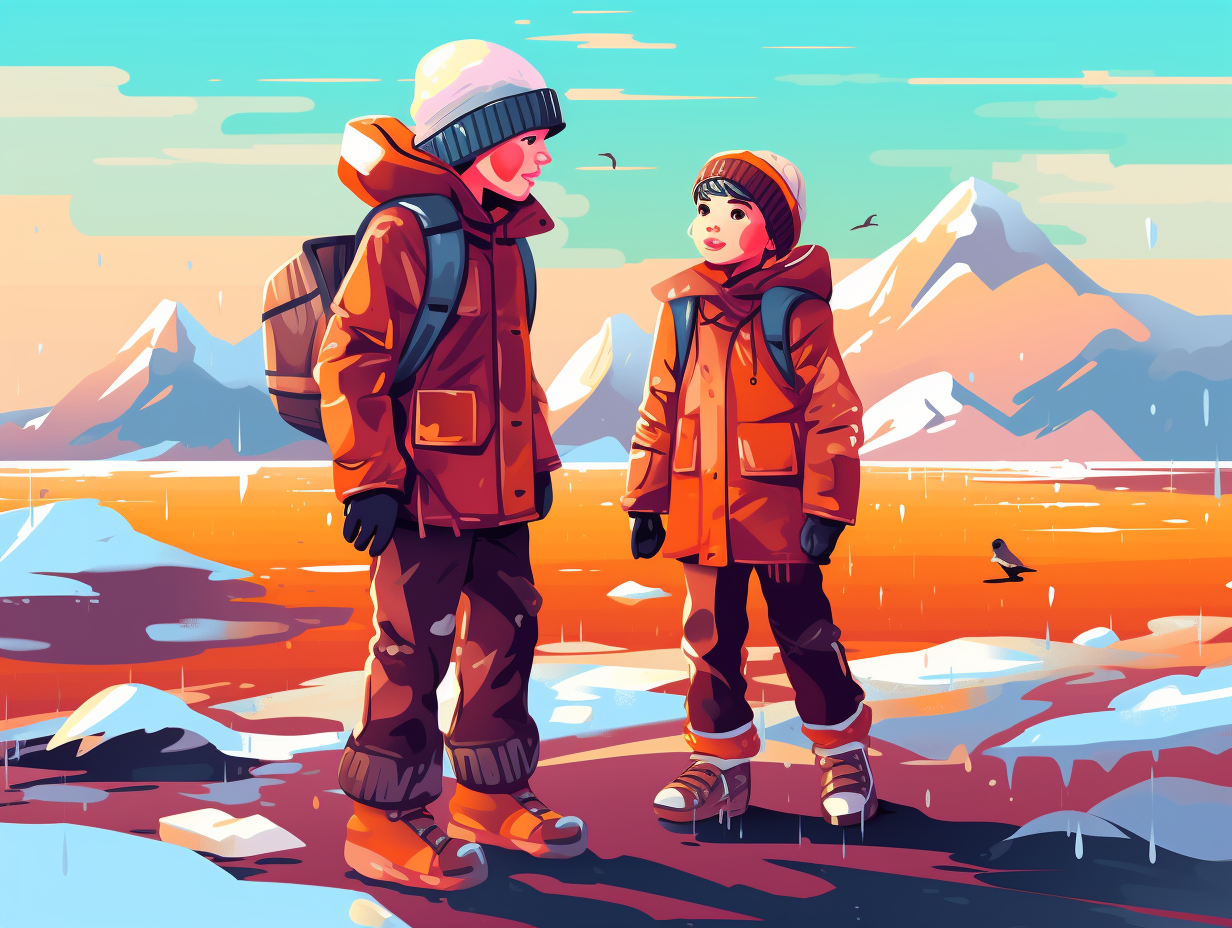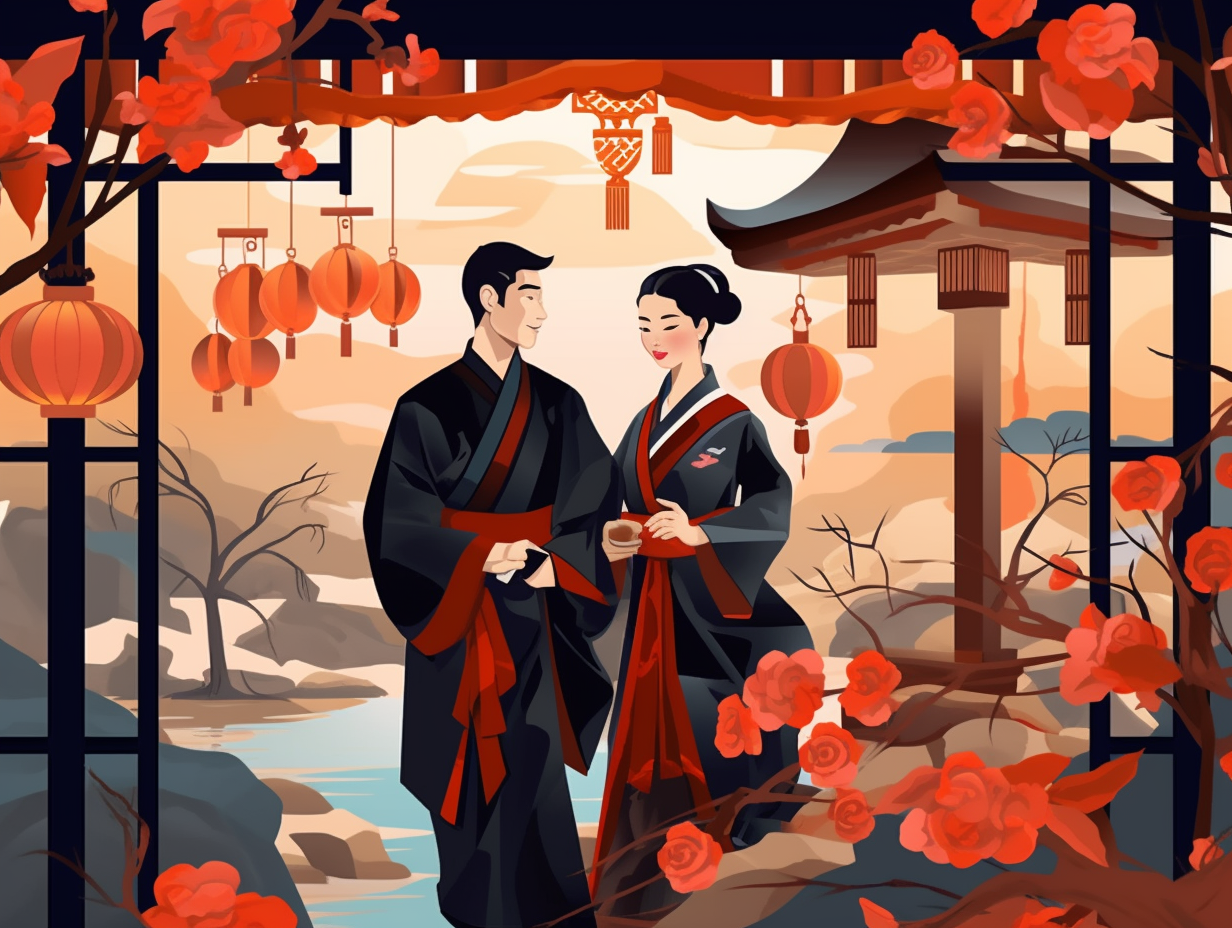Discover the Magic of Peru: Top 21 Fun Facts That'll Make You Want to Visit!
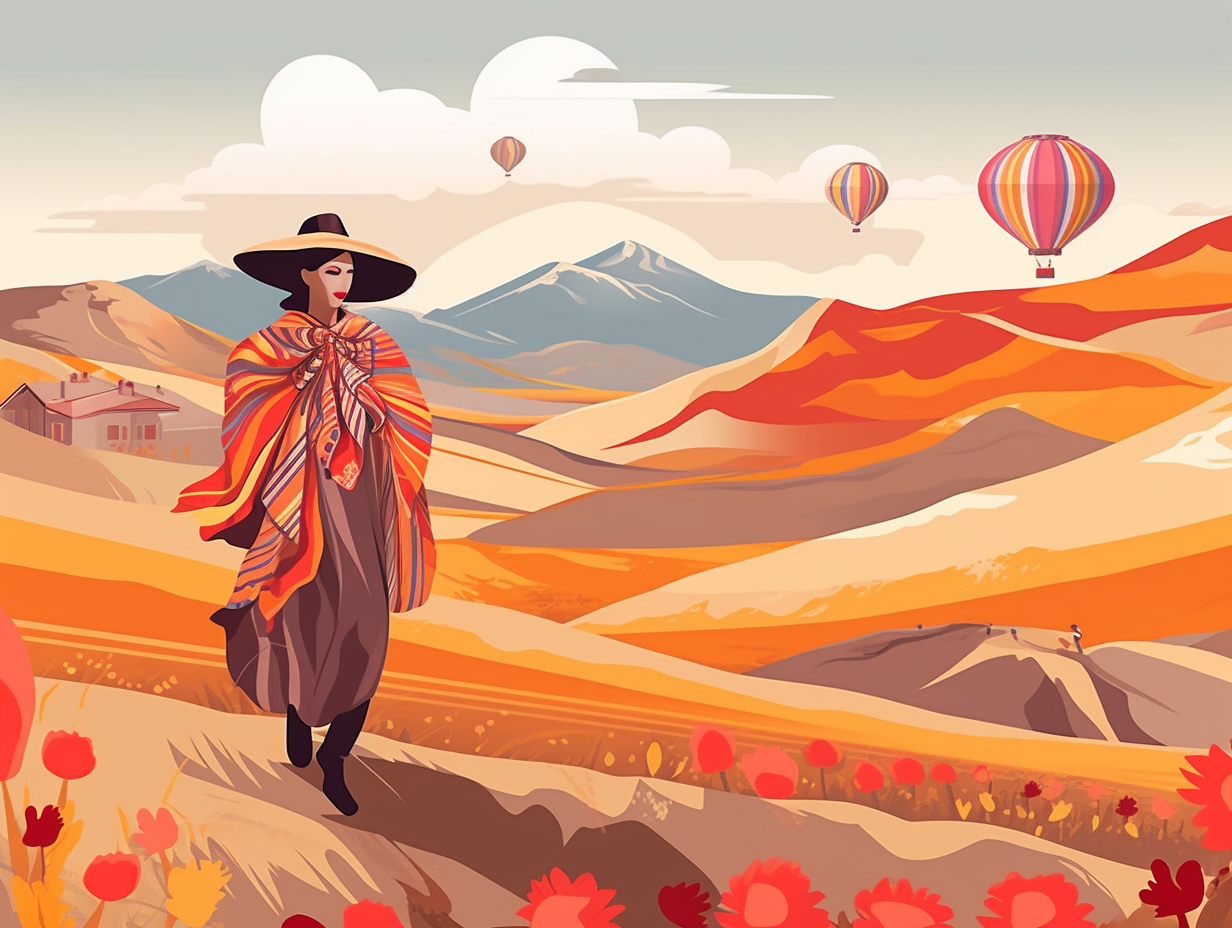
1. Stylish Spectacled Bears
In a world where "bearly" staying awake is a struggle, there's a group of fuzzy lumberjacks known for their trendy eyewear and impressive tree-house-building skills: the Andean bears, also called spectacled bears, residing in Peru! This stylish bear gang not only munch and snooze in their custom-made treetop pads, but sport cream or whitish markings on their head, throat, and chest – nature's built-in accessories. Sadly, their habitat is threatened by human activities, but efforts to conserve their natural catwalk can also benefit other fabulous creatures like the Andean coati, mountain tapir, jaguar, and Andean condor.
Source => nationalzoo.si.edu
2. Marinera Dance and Fashion Fusion
Whoever said three's a crowd never witnessed the amorous tango of traditional Peruvian fashion and handicraft industries joining hands with the flirtatious Marinera dance: In fact, this harmonious union not only brings delight to spectators, but also keeps embroidery maestros, textile wizards, hat couturiers, and filigree virtuosos busy crafting the ravishing attire and dashing accessories worn during the dance, while organizations like Arte y Cultura Monsefuana amplify the beat of regional pride and economic opportunity.
Source => festival.si.edu
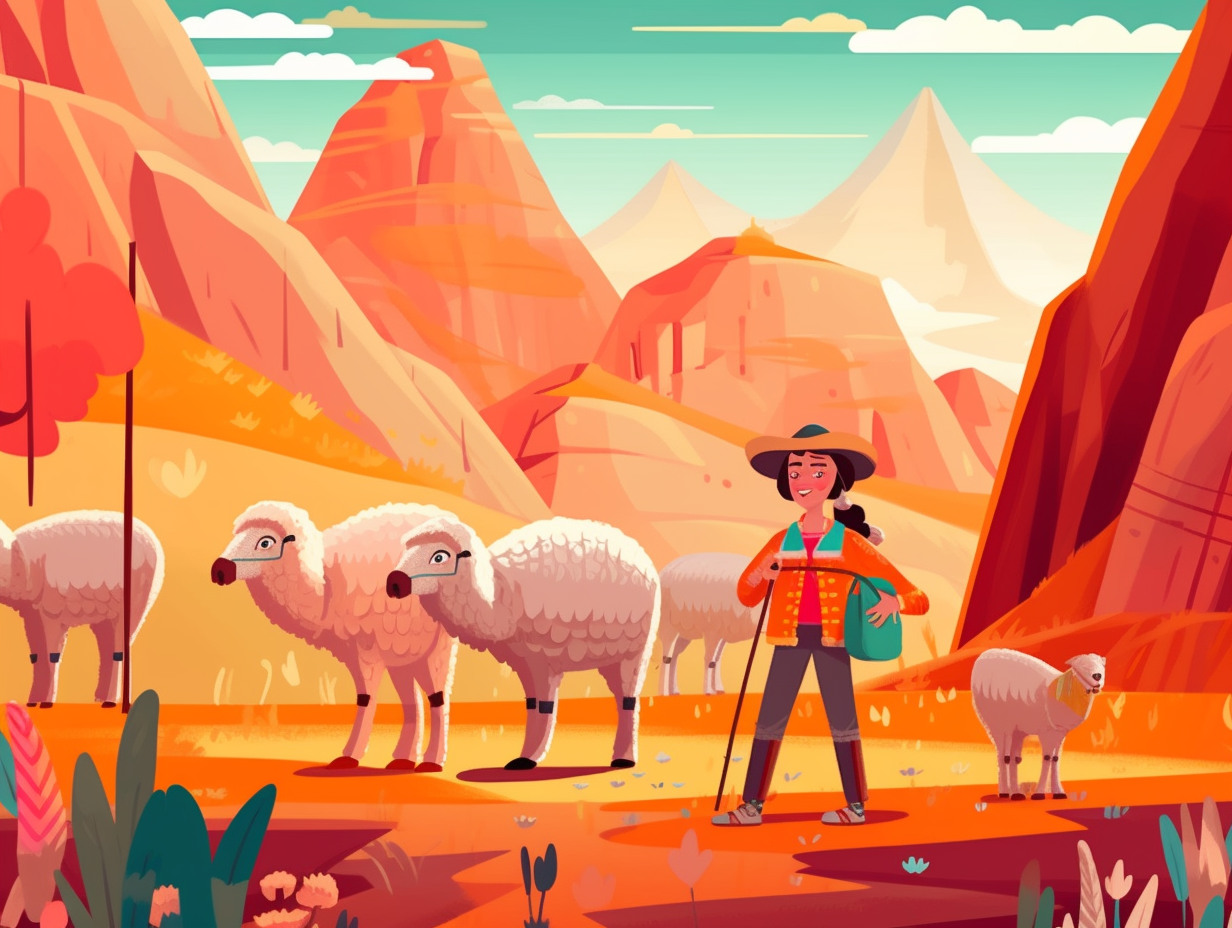
Did you know Humboldt penguins in Peru and Chile are experts at rock climbing and diving up to 500 feet underwater? Plus, they have fashionable pink patches to stay cool! Discover more about these "clawsome" adventurers.
=> Fun Facts about Peru-For-Kids
3. Lima: The Ultimate Event Host
Move over, Olympics: Lima's been busy flexing its event-hosting muscles! From playing sports-nanny to athletes during the 2019 Pan American Games, curating a financial soirée with the Annual Meetings of the International Monetary Fund and World Bank Group in 2015, refereeing an eco-showdown at the United Nations Climate Change Conference in 2014, to rocking the beauty-queen tiara at Miss Universe 1982, this "beta" tier city has proven its geostrategic prowess according to the Globalization and World Cities Research Network.
Source => en.wikipedia.org
4. Llamas: Ancient Matchmakers of Peru
Before Tinder swiped right on alpacas, Peruvian llamas were the OG matchmakers of the Andean slopes, carrying love (and goods) through the perilous peaks and valleys: Llamas not only served as ancient transportation, but also provided wool for textiles, dung for fertilizer, and played a part in religious ceremonies by being sacrificed to the gods or buried as figurines alongside the deceased, making them an emblem of resilient agricultural and cultural romance in the land of Peru.
Source => library.ccsu.edu
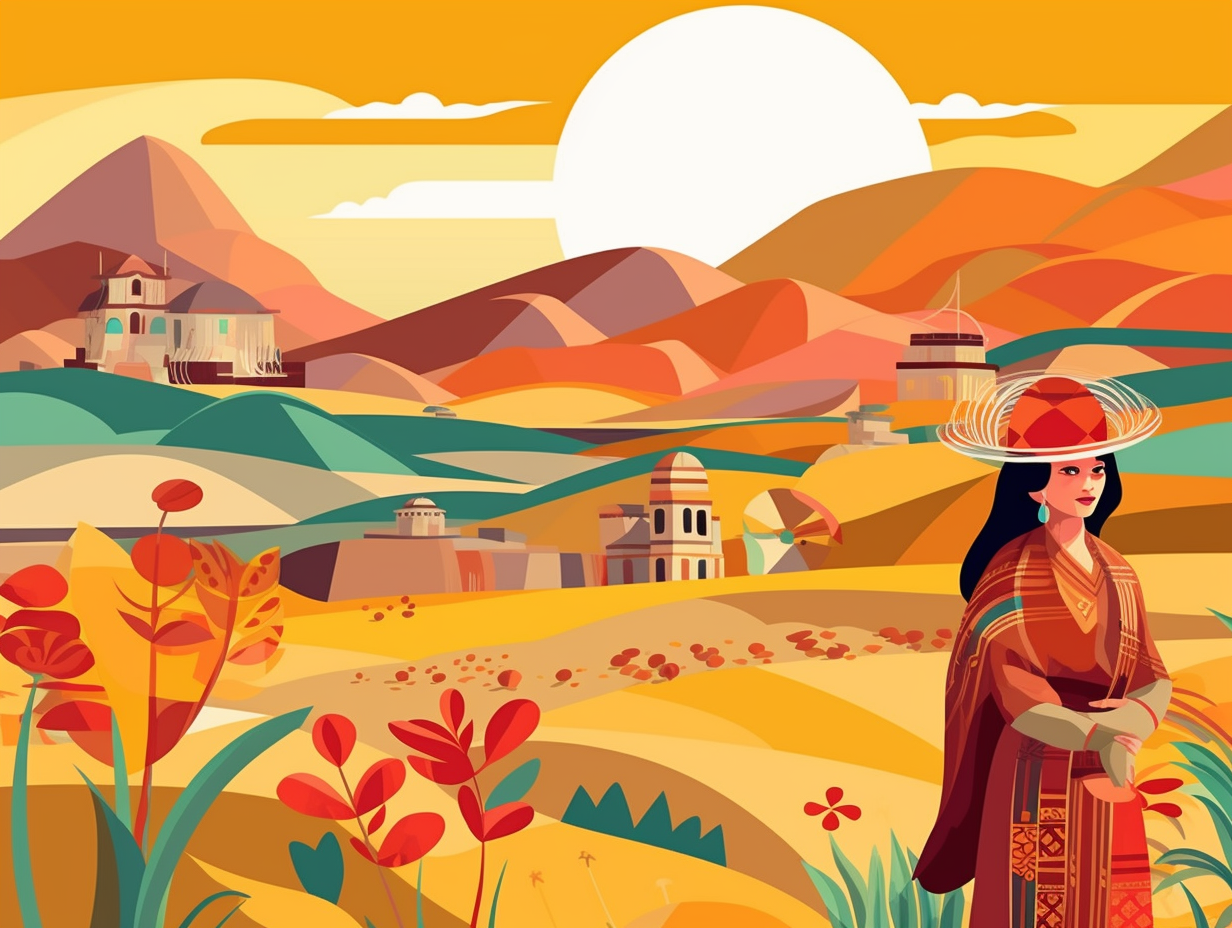
5. Inca Empire's Moneyless System
Who needs cold, hard cash when you can pay in hugs and high-fives? Not the Incas, that's for sure: The Inca Empire thrived without a monetary system, opting for a centrally planned economy that used barter for internal transactions, while a labor-for-resources exchange provided citizens with essentials like food, clothing, healthcare, and education. So, forget your credit cards - just grab a llama and let's do some Inca-style trading!
Source => discover-peru.org
6. Earthquake-Resistant Quincha Architecture
Who needs a superhero when you've got quincha? This ingenious Peruvian construction method gives buildings a well-timed shake, rattle, and roll when earthquakes come knocking, without collapsing in a heap: Quincha uses an interwoven framework of wood, cane, or bamboo covered in mud and plaster for a flexible and earthquake-resistant design, showcased excellently in the Iglesia Jesuita de San Jose's twin-towered facade.
Source => en.wikipedia.org
7. Guinea Pig: A Peruvian Delicacy
Who let the guinea pigs out: In Peru, they're not just adorable pets with a never-ending need for spinach, but also a succulent dish called "cuy"! Served during special occasions and appreciated by daring tourists, this traditional dish offers a flavorful twist to an easily-farmed protein source. Baked, spit-roasted, or fried in spices, cuy has a gamier taste than chicken and has been served by the Incas for centuries. So, when in Peru or other South American countries like Ecuador, Colombia, and Bolivia, you can have your guinea pig and eat it too!
Source => travelfoodatlas.com
8. Inca Stone-Fitting Mastery
Behold the Inca master builders, fitting stones together tighter than the post-Thanksgiving waistband of your pants: The Incas constructed their cities using locally available granite or limestone with such precision that the stones fit so snugly, no paper could pass between them, even though mortar was still needed to hold the rocks together.
Source => thearchaeologist.org
9. Mummified Jewelry in Peru
In a head-turning twist to the phrase "wear your heart on your sleeve", ancient Peruvians may have preferred to "wear their friends around their neck": At the Chauchilla Cemetery in Peru, mummified heads with holes drilled in them have been found, possibly used as jewelry or decorations, dating back to the ninth-century Nazca culture. Recent evidence debunked the trophy-from-battle theory, showing that these head-turners indeed belong to the same population as other full-bodied mummies found in the well-preserved cemetery — all thanks to the dry Peruvian Desert climate and the Nazca people's burial techniques.
Source => slate.com
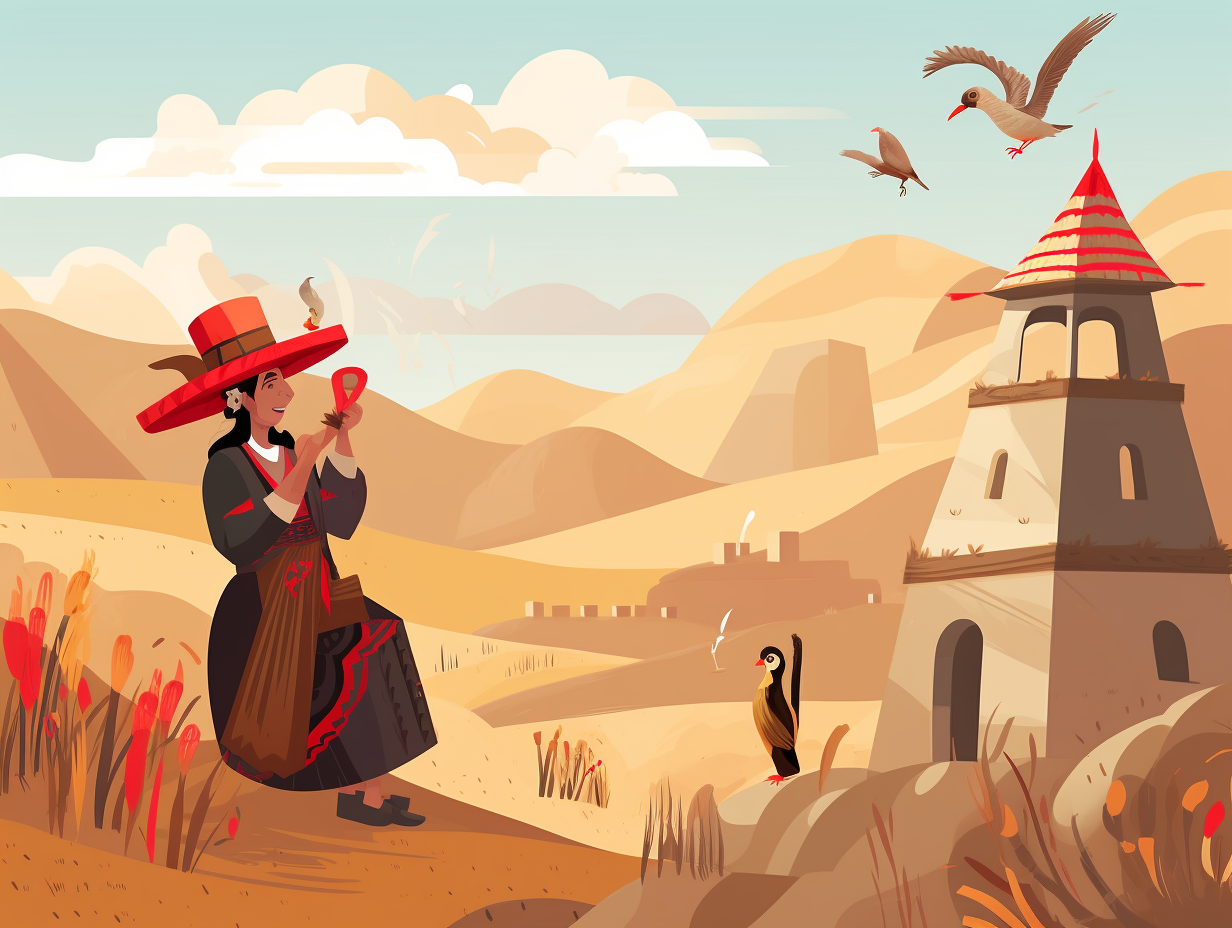
10. Birthplace of Potatoes
In a spud-tacular twist of fate, it turns out that humanity's favorite carb companion is a gift from the Andes, where they've been partying hard for over 7,000 years: Peru is actually the birthplace of potatoes, and it continues to reign as the potato overlord, boasting more than 3,000 unique varieties with delightful textures and flavors, perfect for taking your culinary creations to the next taterific level.
Source => asimabbas.in
11. Debunking the Inca Trail Stair Myth
Ascending the stairway to heaven or just preparing for a Machu Picchu hike? Either way, grab your stairmaster and drop those dumbbells, for it's time to debunk a Peruvian myth: Contrary to popular belief, the 26-mile Inca Trail is not made up of a lung-busting 85% stairs. Instead, trekkers must navigate a variety of terrain, including rocky paths and narrow steps, making both physical and mental stamina the true currency on this storied journey.
Source => machupicchutrek.net
12. Ancient Civilization of Caral-Supe
Before Hallmark made civilization cards, Caral-Supe was so ahead of its time, it was marking monumental milestones with pyramids and quipus: The Sacred City of Caral-Supe in Peru has earned its ancient bragging rights as the oldest center of civilization in the Americas, dating back 5000 years to the Late Archaic Period. Sporting six pyramidal structures and a numerical knot system called quipu, this ceremonial center delivers a well-preserved peek into Andean spirituality and ingenuity.
Source => whc.unesco.org
13. The Guano Boom in Peru
Forget Angry Birds, Peru had Pooping Birds: During the 19th century, the Chincha Islands in Peru were the go-to spot for guano, a highly sought-after fertilizer made from seabird droppings, attracting hundreds of ships from nations like Britain, Germany, and the United States to wait offshore for up to eight months just to load up on the smelly loot. Sadly, this led to the depletion of guano and the destruction of local seabird habitats.
Source => americanhistory.si.edu
14. Peruvian Pisco Spirits
In Peru, when life gives them grapes, they make something firmer than wine, but more versatile than Liam Neeson's acting skills with a hint of mystery: Pisco, the national spirit, is a unique unaged brandy made from freshly fermented Peruvian grapes, available in Puro, Acholado, and Mosto Verde varieties, providing an enticing range of flavors perfect for the booming cocktail culture.
Source => tastecocktails.com
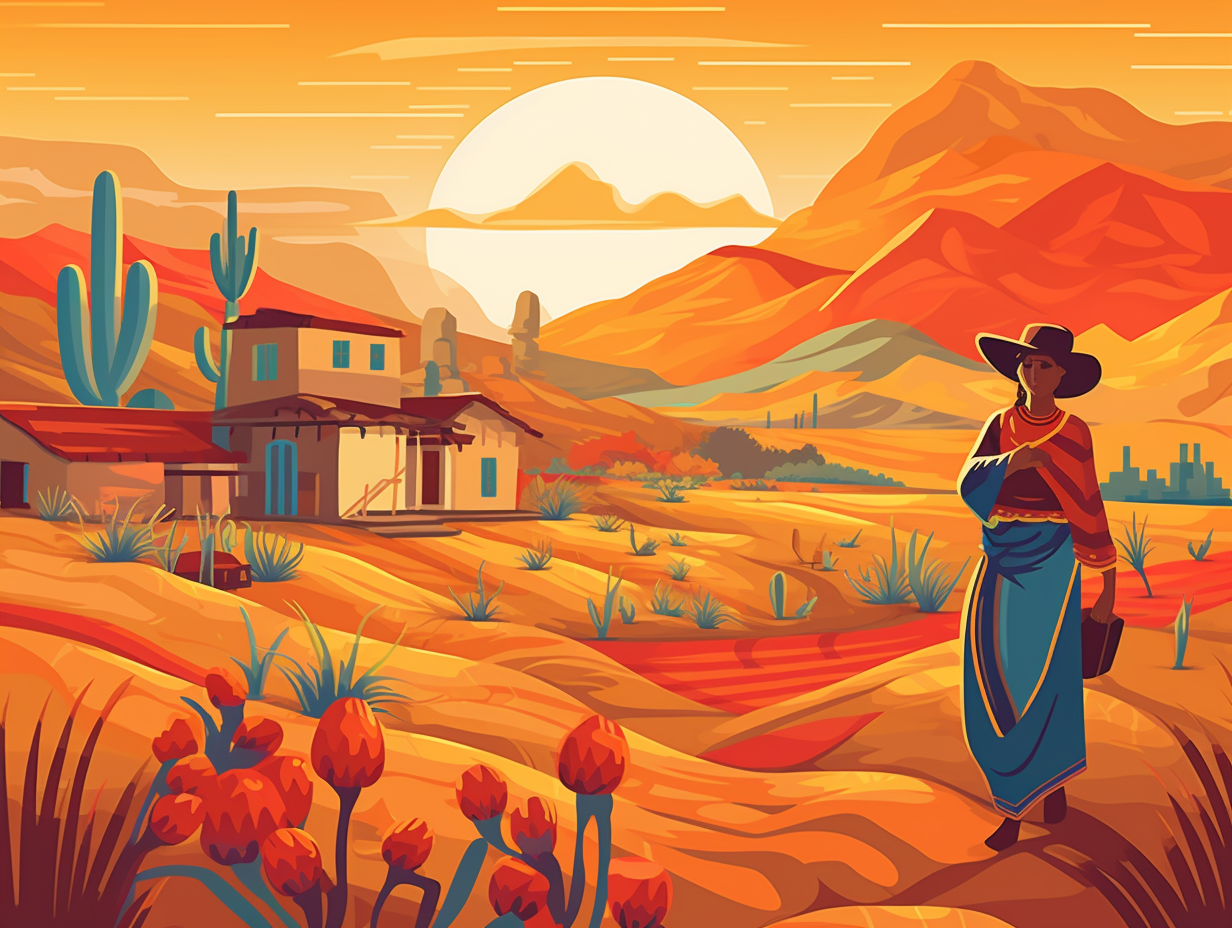
15. Ancient Elongated Paracas Skulls
Aliens among us or ancient fashionistas? Hold onto your hats, because the seemingly extraterrestrial Paracas skulls of Peru are here to shake up your history books: Turns out the elongated craniums were actually a result of early human tampering, with babies' skulls shaped and molded by constant pressure and traction. No ET phoning home here, just some surprisingly common worldwide cranial customization that made heads turn in ancient Egypt, Mesoamerica, and beyond.
Source => louiswolf.com
16. Inca Grass Bridges
Who knew that ancient Peruvians literally had their own version of the "Bridge to Terabithia"? They did some serious grass-roots engineering: The Inca Empire had about 30,000 suspension bridges made of grass, trees, and shrubs, which were often rebuilt yearly due to rough weather, and were crucial for traversing the Andes Mountains and supporting their trade networks.
Source => mountainlodgesofperu.com
17. Peruvian Christmas Traditions
Llama tell you a story about a Peruvian Christmas: In Cusco, locals assemble nativity scenes, known as "nacimientos," with Andean Joseph and Mary chillin' with their furry llama pals, while families gather on La Noche Buena (December 24th) to feast on roasted turkey or lechón (roast pork), before gifting each other presents as fireworks burst in yuletide joy.
Source => kuodatravel.com
18. Enigmatic Nazca Lines
If aliens vacationed on Earth, they'd definitely leave a mark - or a few hundred: The Nazca Lines in Peru, created between 500 BCE and 500 CE, boast over 300 enigmatic designs—ranging from geometric shapes to animals—to perplex human minds for generations. Best observed from the sky, these colossal etchings, some as long as 370 meters, have stood the test of time in the desert climate but now face threats from local squatters, leaving their purpose shrouded in mystery for scholars and conspiracists alike.
Source => en.wikipedia.org
19. Chankillo: Pre-Inca Solar Observatory
Before there was Tik-Tok, there was... Chankillo-clock: Chankillo, an ancient ruin in Peru, is home to the oldest known solar observatory in the Americas, dating back to the 4th century BC, featuring 13 towers to mark the sun's progress and a fortified stone temple for religious and political purposes, predating the Inca civilization by almost 2,000 years.
Source => npr.org
20. Mysterious Kuelap Ruins
Who needs a fortress when you've got Kuelap, Peru's own "Great Wall of Confusion": this ancient site predates Machu Picchu by 1,000 years and features over 400 mysterious buildings, three key structures - El Tintero, La Atalaya, and El Castillo - and colossal stone walls up to 19 meters high, leaving archaeologists scratching their heads as to whether it served as a religious sanctuary, an enormous hideout during emergencies, or the ultimate building-block challenge. Thankfully, the addition of a cable car and new flight routes have made Kuelap more tourist-friendly, so you can puzzle over its purpose while wandering its enigmatic grounds.
Source => rainforestcruises.com
21. Peru's Potato Park Wonderland
For those who think they've seen every spud under the sun, buckle up for a tuber-tastic journey: Peru's Potato Park is a celebration of over 1,460 varieties of native potatoes, dedicated to conserving indigenous biocultural heritage while supporting local livelihoods and sustainable agrobiodiversity.
Source => potatomuseum.com
Related Fun Facts

